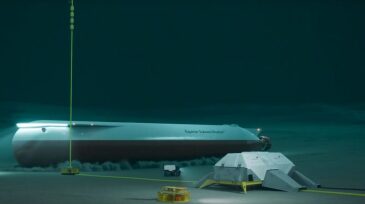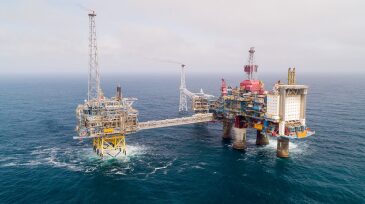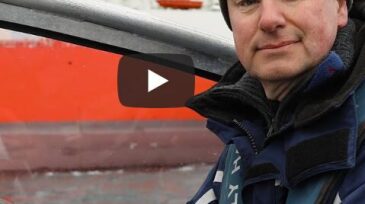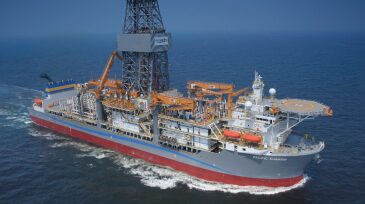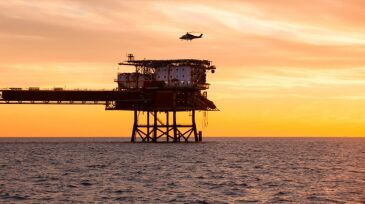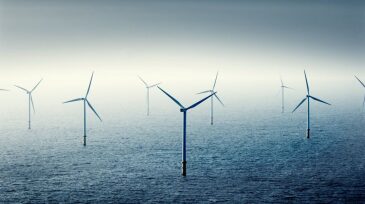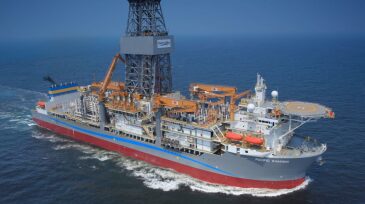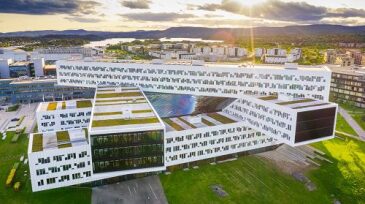Equinor
-
A new idea from Equinor calls for autonomous submarines to transport CO2 from the surface to the seabed. The Norwegian operator says the shuttles could also carry oil and water for injection.
-
Sleipner’s share in net-zero emissions savings will be more than 150,000 tonnes per year.
-
Although these look like ordinary tankers, they are unique and run on LNG and recovered oil vapors.
-
A blockchain pilot program conducted by an oil and gas consortium has shown promise in automating payments for oilfield water handling.
-
Four recent deepwater offshore discoveries show exploration is not dead, it is just concentrated offshore.
-
The bow tie concept of safety was on display at a recent live podcast presented by SPE, where representatives from Equinor, NOV, SOS International, and the Energy Institute discussed efforts to keep offshore workers safe during the current pandemic.
-
The Norwegian wind farm is expected to start up in 2022. The wind farm is also expected to create spinoff effects during the project’s life.
-
The Monument well represents the Norwegian operator’s first deepwater drilling project in US waters in 5 years.
-
The company’s departure from the Independent Petroleum Association of America is in line with its climate roadmap.
-
Equinor announced that one person at the Martin Linge field in the North Sea offshore Norway has tested positive for the coronavirus. The company says the person is not seriously ill.

